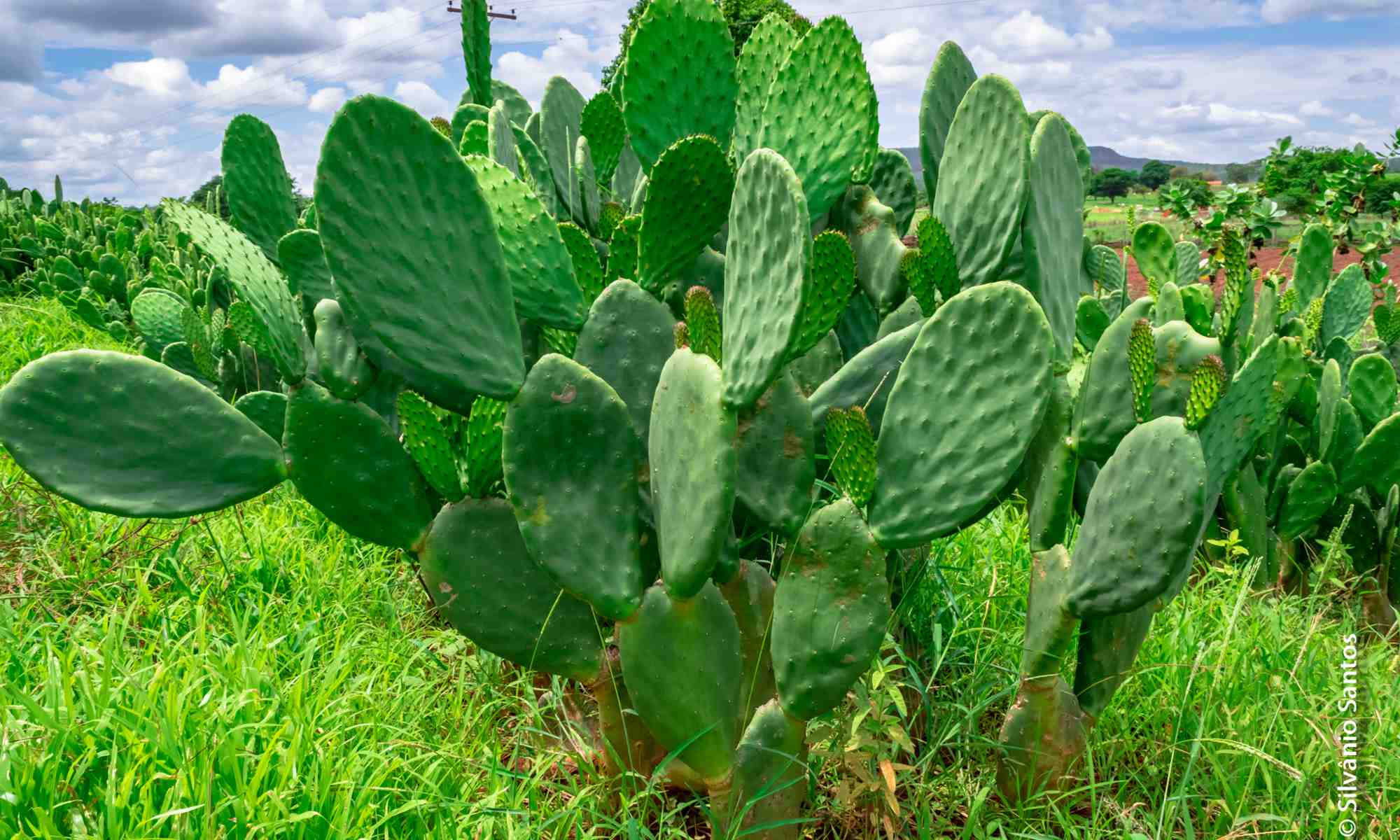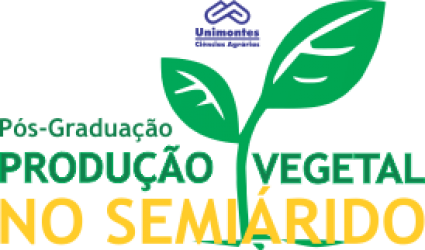- Version
- Download 6
- Tamanho do Arquivo 224.02 KB
- Data de Criação 14/06/2021
- Download
FRANCO, Lidiane Rodrigues Londe. Crescimento, produção e qualidade do abacaxizeiro ‘Pérola’ sob diferentes lâminas de irrigação por gotejamento. 2010. 60 p. Dissertação (Mestrado em Produção Vegetal no Semiárido) – Universidade Estadual de Montes Claros, Janaúba, 2010.
O abacaxizeiro é uma fruteira tropical, que apesar de se adaptar bem às condições climáticas do Norte de Minas Gerais, necessita da irrigação para obter maior produtividade e melhor qualidade dos frutos. O objetivo deste trabalho foi avaliar as características vegetativas, a produção de mudas e de frutos, bem como a qualidade dos frutos do abacaxi ‘Pérola’, sob diferentes lâminas de irrigação por gotejamento. O trabalho foi conduzido na área experimental do Campus da UNIMONTES em Janaúba - MG. O experimento foi instalado segundo o delineamento em blocos casualizados com 5 tratamentos de reposição da evaporação do Tanque Classe A (ECA) de 30, 50, 70, 100 e 150% com 4 repetições. A cultura foi conduzida em fileira dupla no espaçamento de 1,2 x 0,4 x 0,3 m. As características avaliadas foram: diâmetro do talo, comprimento da folha D, número de folhas emitidas mensalmente e número de folhas totais, porcentagem de plantas com florescimento natural, florescimento natural total acumulado, comprimento do fruto com e sem coroa, circunferência e diâmetro do fruto, peso médio do fruto com e sem coroa, comprimento e diâmetro do fruto, coloração da casca, firmeza do fruto sem casca, sólidos solúveis (SS), acidez titulável (AT), relação brix/acidez (Ratio), pH, quantidade de mudas produzidas e produtividade total de mudas e de frutos. Não houve diferença significativa para diâmetro do talo, comprimento da folha D, número de folhas emitidas e número de folhas totais, porém o diâmetro do talo, o comprimento da folha D e o número de folhas totais apresentaram um comportamento crescente ao longo do tempo e o número de folhas emitidas foi maior no mês de agosto de 2008 com 4,5 folhas e menor no mês de outubro de 2008, com 1,9 folhas. O florescimento natural teve um pico no mês de agosto, aos 17 meses após o plantio, na lâmina correspondente a 70% da ECA. O florescimento total acumulado foi maior na lâmina correspondente a 70% da ECA. Não houve diferença significativa para nenhuma característica de crescimento do fruto, porém houve um aumento ao longo do tempo. O peso médio dos frutos com e sem coroa, o comprimento e o diâmetro do fruto, a cor a firmeza dos frutos, os SS, a AT, o Ratio e o pH não foram influenciados pelas diferentes lâminas de irrigação. A produção de mudas por planta e a produtividade total de mudas foram maiores na lâmina correspondente a 85% da ECA. A produtividade de frutos não foi influenciada estatisticamente pelos tratamentos.
Growth, Yield and Quality of pineapple ‘Pérola’ under Different Drip Irrigation depth
Pineapple is a tropical fruit which, although adapting to the climatic conditions of the North of Minas Gerais, it needs irrigation for greater productivity and better quality fruit. This study aimed to evaluate the vegetative characteristics, production of plants and fruit, as well the quality of pineapple fruit, under different drip irrigation depth. The work was conducted at experimental area of the UNIMONTES campus from Janaúba - MG. The experiment was carried out in randomized blocks design with five treatments for replacement of the Class A pan evaporation (ECA) of 30, 50, 70, 100 and 150% with four replications. The crop was planted in double rows spaced 1.2 x 0.4 x 0.3 m. The evaluated characteristics were: stem diameter, length ofleaf D , number of leaves grown monthly and total leaf number, percentage of natural flowering plants, accumulated total natural flowering, fruit length with and without crown, circumference and diameter of the fruit, medium weight of the fruit with and without crown, length and diameter of the fruit, shell color, fruit firmness shelled, soluble solids (SS), titratable acidity (TA), Brix/acidity (ratio), pH, amount of produced plants and total yield of plants and fruits. There was no significant difference in stem diameter, length of the leaf D, number of leaves grown, and number of total leaves, but the stem diameter , length of the leaf D and the number of leaves showed an increasing behavior over time and the number of leaves grown was higher in August 2008 with 4.5 leaves, and lower in October 2008, with 1.9 leaves. The natural flowering peaked in August at 17 months after planting, the irrigation depth corresponding to 70% of ACE. The accumulated e total flowering was higher in irrigation depth corresponding to 70% of ACE. There were no significant differences for any growth characteristic of the fruit, however there was an increase over time. The medium weight of fruits with and without crown, the length and diameter of fruit, color and fruit firmness, SS, TA, the ratio and pH were not influenced by different irrigation depths. The production of plants per plant and total yield of plants were higher in the irrigation depth corresponding to 85% of ACE. Fruit yield was not statistically influenced by the treatments.

